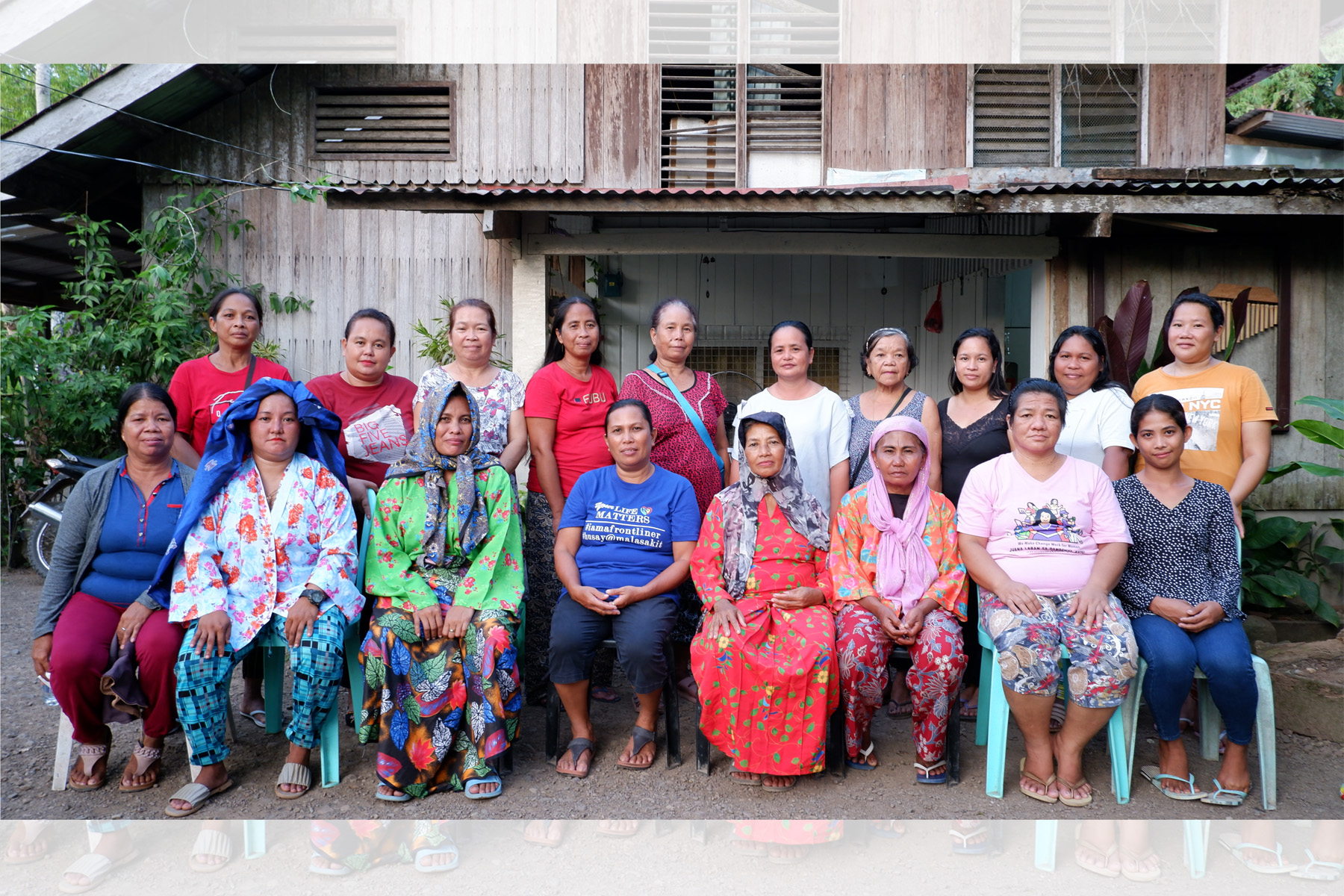MIMAROPA, May 23, 2023 – In its commitment to uplift the lives of small-scale farmers and fisherfolk by providing them with a platform to express their needs and priorities, paving the way to tailor programs and initiatives to their specific requirements, the Department of Agriculture – Special Area for Agricultural Development (DA-SAAD) MIMAROPA has conducted the Beneficiary Needs Assessment (BNA) for 43 farmers associations in the provinces of Occidental Mindoro, Palawan, and Romblon during the third week of April.
The implementation of the BNA in MIMAROPA commenced on January 26, 2023, in Balabac, Palawan. The assessment concluded on April 17 to 20, 2023, in San Jose, Romblon. Out of the 43 farmers’ associations (FAs) assessed, which had a total of 1,020 members, 26 were from Romblon, 12 were from Palawan, and five (5) were from Occidental Mindoro.
The SAAD MIMAROPA follows the National Program Management Office (NPMO)-crafted Phase 2 implementation guidelines released in January 2023, which provide the framework and operational procedures for the program’s implementation from 2023 to 2028.
In the region, SAAD implementers received orientation and training on the BNA process on February 9, 2023, led by Gio Renzo Caballero, Associate Project Officer II, and Christine Joy Velez, Associate Project Officer I, both from the NPMO Operation, Planning, Budgeting, Monitoring, and Evaluation (OPBME) unit.
BNA result: challenges and opportunities faced by farmers
The results of the implementation team’s BNA conducted in Looc, Occidental Mindoro and Romblon revealed that the majority of the farmers rely on cultivating rice, corn, and various high-value crops, primarily for their families’ consumption. However, their financial situation makes it difficult to invest in essential inputs including high-quality seeds and fertilizers, leading to a decline in productivity. The financial crunch forces them to take out loans, which often become a burden.
The profiled farmers are seeking technological advancements to increase productivity and reduce costs such as agricultural inputs; technological advancements in agriculture, and machinery, leading to a more profitable and sustainable future.
Rice farmers in Talaotao, Bulakan, Balikyas, and Kanluran, Looc face a challenge due to their dependence on rainfall, which only produces rice during the rainy season. According to the 2022 statistics provided by the Municipal Agriculture Office (MAO), the farmers have achieved an average yield of 2.54 metric tons (mt) per hectare (ha), with a harvested area of 624 hectares. However, this yield falls short of their desired target of at least 5 mt/ha, which would ensure an adequate harvest and prevent financial difficulties during the non-growing season.
To address this issue, the farmers can produce alternative crops that require less water to grow, like corn and garlic, as suitable alternatives that can help them sustain their livelihoods throughout the year. Moreover, the MAO has recommended implementing a multiplier farm project that provides farmers with cattle as an additional source of income. This initiative not only diversifies their income but also supports the local economy by promoting livestock farming.
Farmers in Romblon expressed their interest in enhancing rice production and increasing vegetable production to meet local demands instead of purchasing it from Occidental and Oriental Mindoro and to generate more income by expanding their product offerings and selling their harvests at the Odiongan Market.
Meanwhile, farmers in Balabac, Agutaya, and Magsaysay in Palawan are engaged in poultry production to address the low supply of eggs and chicken meat in their areas. The local governments through the MAO have proposed interventions, including improved infrastructure, ready-to-lay and free-range chickens, and high-quality feeds, to help increase yields and boost the farmers’ incomes.
When 90% of the 290 chicken head laying eggs, which will be sold at seven pesos each, the association can expect an estimated monthly income of Php54,000.00. The farmers are also recognizing the benefits of investing in poultry including the fast return on investment.
The BNA is a fundamental step in identifying the needs and priorities of the beneficiaries and communities, their existing resources and assets, and the challenges that they face. The BNA processes are participatory and inclusive, collecting essential data on the needs of the beneficiaries, which will guide the planning of appropriate interventions to be provided to them to help them improve their livelihoods and achieve their goals.
The BNA employs a triangulation approach to ensure the accuracy and reliability of the collected farmers’ data. This involves a systematic process that begins with the gathering and review of relevant socio-economic profile and agricultural background of the beneficiaries through the Registry System for Basic Sectors in Agriculture (RSBSA), the Municipal Fisherfolk Registration (FishR), the DA-SAAD basic profiling, and the local agriculture office.
Subsequently, the information is verified and discussed through a combination of interviews and observation of farmers. The final step involves verification and validation through actual site validation, ensuring the feasibility of the proposed projects.
Further, SAAD MIMAROPA is preparing to provide organizational development and technical training following the succession of Social Preparation component activities to the beneficiaries in preparation for the intervention as part of SAAD’s Food Production and Livelihood component.
Sources:
Jea Anne S. Gasmeña, DA-SAAD MIMAROPA Associate Project Officer
Maiden Marie M. Segui, DA-SAAD MIMAROPA Associate Project Officer
